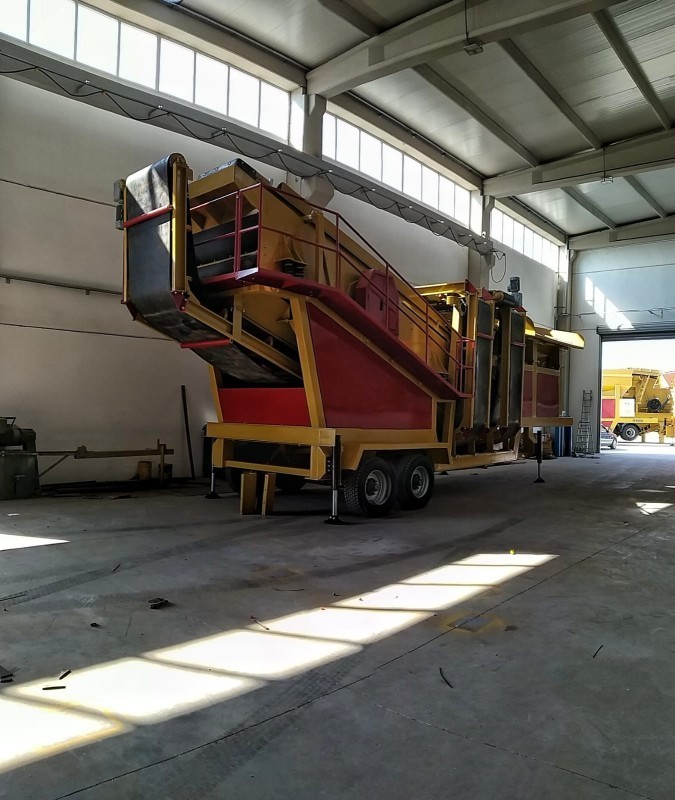River sand is a natural raw material obtained from riverbeds and is widely used in construction and infrastructure projects. However, it must be processed before it can be used effectively. The most essential processes are washing and screening.
A River Sand Washing and Screening Plant is an industrial facility established to clean the raw sand extracted from rivers, remove impurities and organic matter, classify it into different grain sizes, and make it suitable for construction standards.
Main Operations in the Plant
-
Feeding the Raw Sand: Sand is brought to the facility by trucks or loaders and fed into a hopper or feeder.
-
Washing: The washing unit uses water sprays, vibrating screens, and screw classifiers to remove unwanted materials such as clay, silt, dust, leaves, and organic waste from the sand.
-
Screening: Sand is passed through various screens to classify it by particle size—e.g., 0–4 mm, 4–8 mm. This ensures the right material is produced for various construction needs.
-
Water Recycling: Most of the water used is recycled through sedimentation tanks to promote environmental sustainability.
-
Storage and Dispatch: The cleaned and sized sand is transported via conveyor belts to storage areas, ready to be shipped to customers such as construction companies or concrete plants.
Importance and Benefits of the Facility
-
Material Quality: Washed and screened sand offers higher performance in concrete, mortar, and plaster applications.
-
Environmental Sustainability: With water recycling and dust control systems, the facility minimizes environmental impact.
-
Economic Value: Contributes to the local economy through employment and raw material supply.
-
Legal Compliance: Facilities must operate in compliance with environmental regulations such as Environmental Impact Assessment (EIA) reports.
 English
English
 Le français
Le français
 Türkçe
Türkçe

